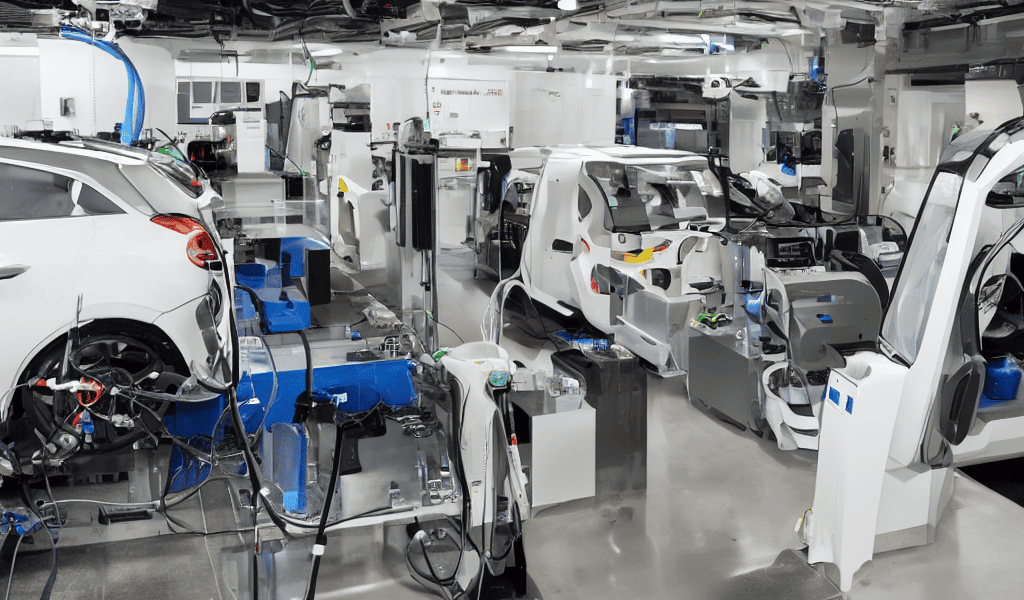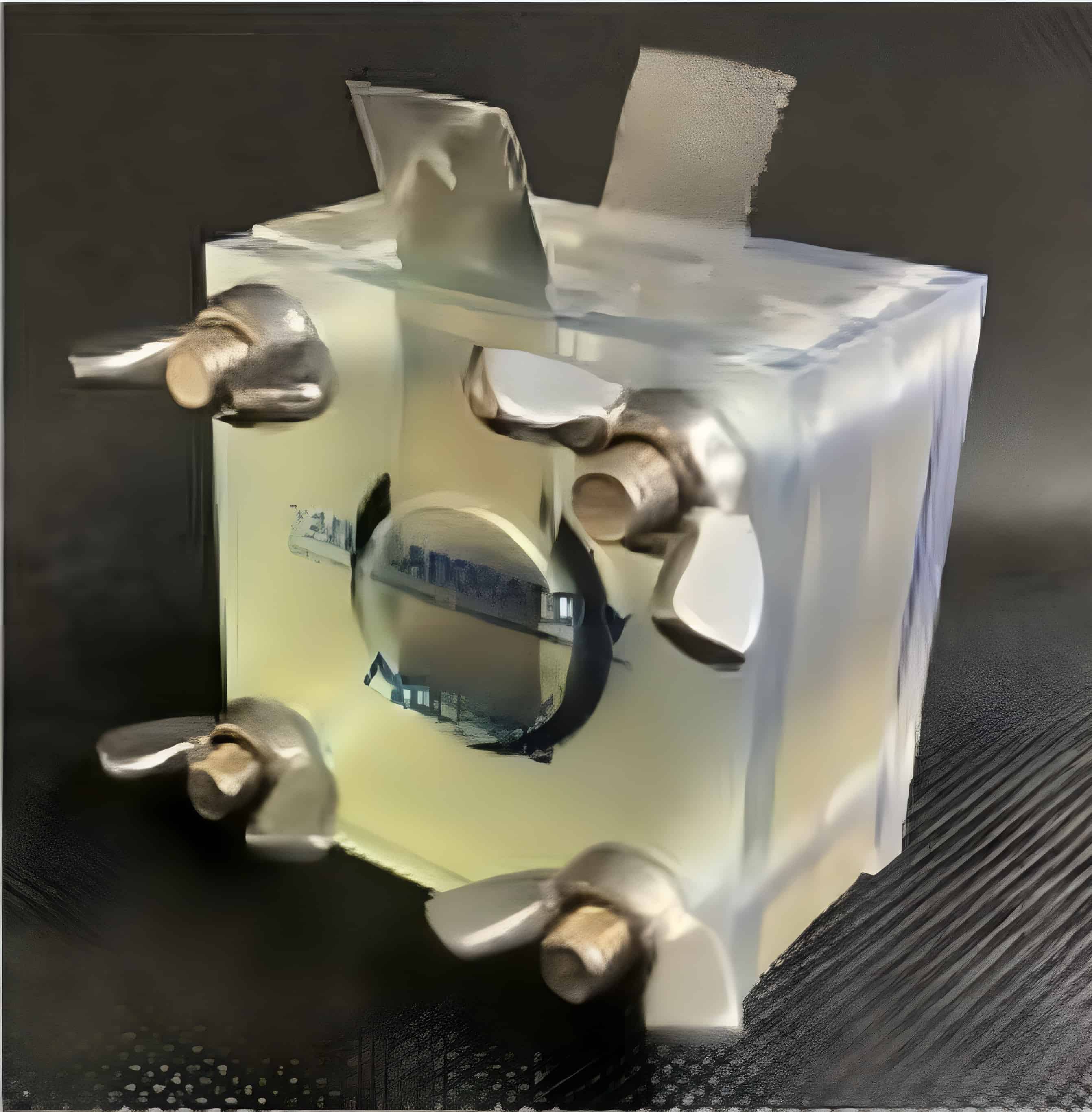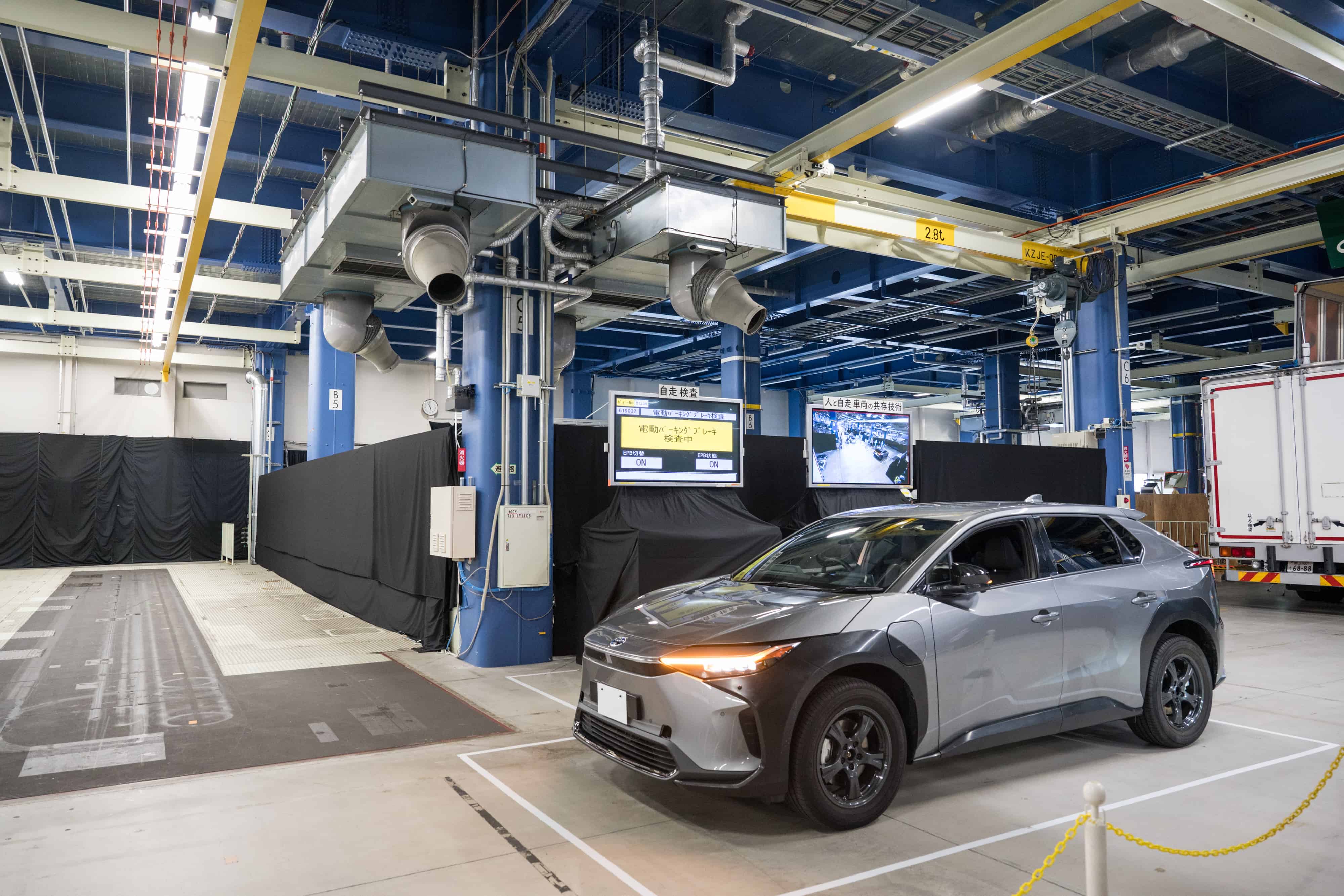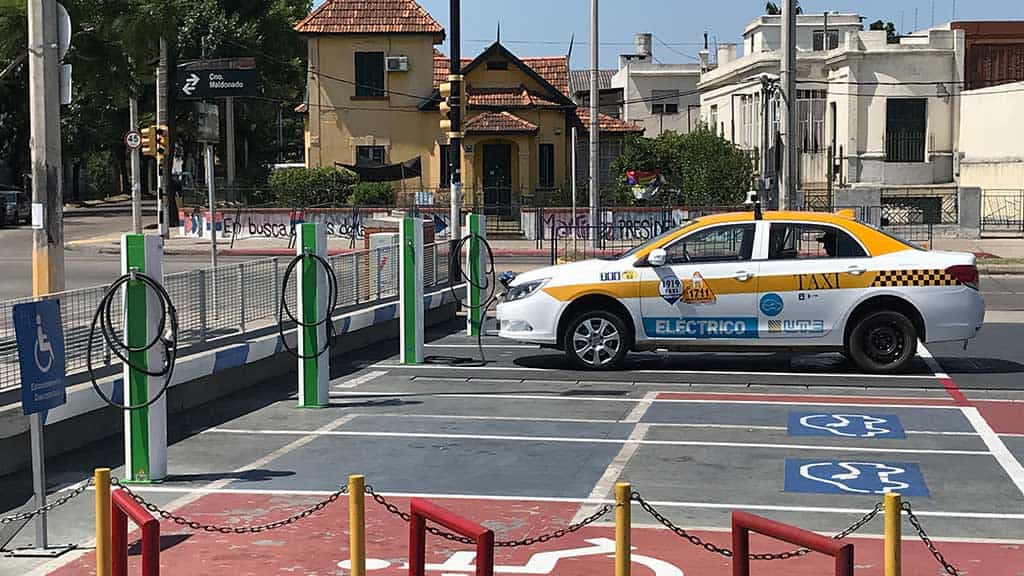
Scientists from Queen Mary University of London have cracked a major barrier in electric vehicle (EV) technology, successfully suppressing lithium plating and increasing charging speed. Lithium plating, a common issue during fast charging, shortens battery life and can even pose safety risks. The team discovered that by optimising the microstructure of the graphite negative electrode, they could prevent lithium plating. This innovation can also increase the battery’s energy density, enabling a longer driving range per charge. This groundbreaking study, results of which were published in Nature, represents a significant advancement in EV battery technology.
- Scientists from Queen Mary University of London have discovered a way to suppress lithium plating during fast charging of electric vehicle batteries.
- By optimizing the microstructure of the graphite negative electrode, they prevented lithium buildup and enabled faster charging.
- Suppressing lithium plating allows faster charging times, increased battery lifetime, and enhanced safety.
The lithium plating challenge and its solution
Electric vehicle (EV) technology is advancing at an accelerating pace, yet one critical issue has continued to plague the industry: lithium plating. This phenomenon occurs during fast charging when lithium ions build up on the surface of the battery’s anode, forming a metallic lithium layer instead of integrating into the electrode. The consequence is a reduction in battery lifespan, a decrease in overall performance, and potential safety hazards such as short-circuits that could lead to fires or explosions.
However, scientists from Queen Mary University of London, led by Dr Xuekun Lu, have pioneered a method to suppress lithium plating, thereby improving the performance and safety of EV batteries. The team found that the key to mitigating this issue lies in optimising the microstructure of the graphite negative electrode. They achieved this by fine-tuning the particle and electrode morphology to ensure a homogeneous reaction activity and a reduced local lithium saturation.
Unveiling the mechanisms of lithiation
This research is not just about solving a problem; it’s also about understanding the mechanism underlying it. The team discovered that the lithiation mechanisms of graphite particles can vary under different conditions, depending on factors such as surface morphology, size, shape, and orientation. These variations significantly affect the lithium distribution and the propensity for lithium plating. Assisted by a cutting-edge 3D battery model, the researchers were able to capture when and where lithium plating initiates and how fast it grows.
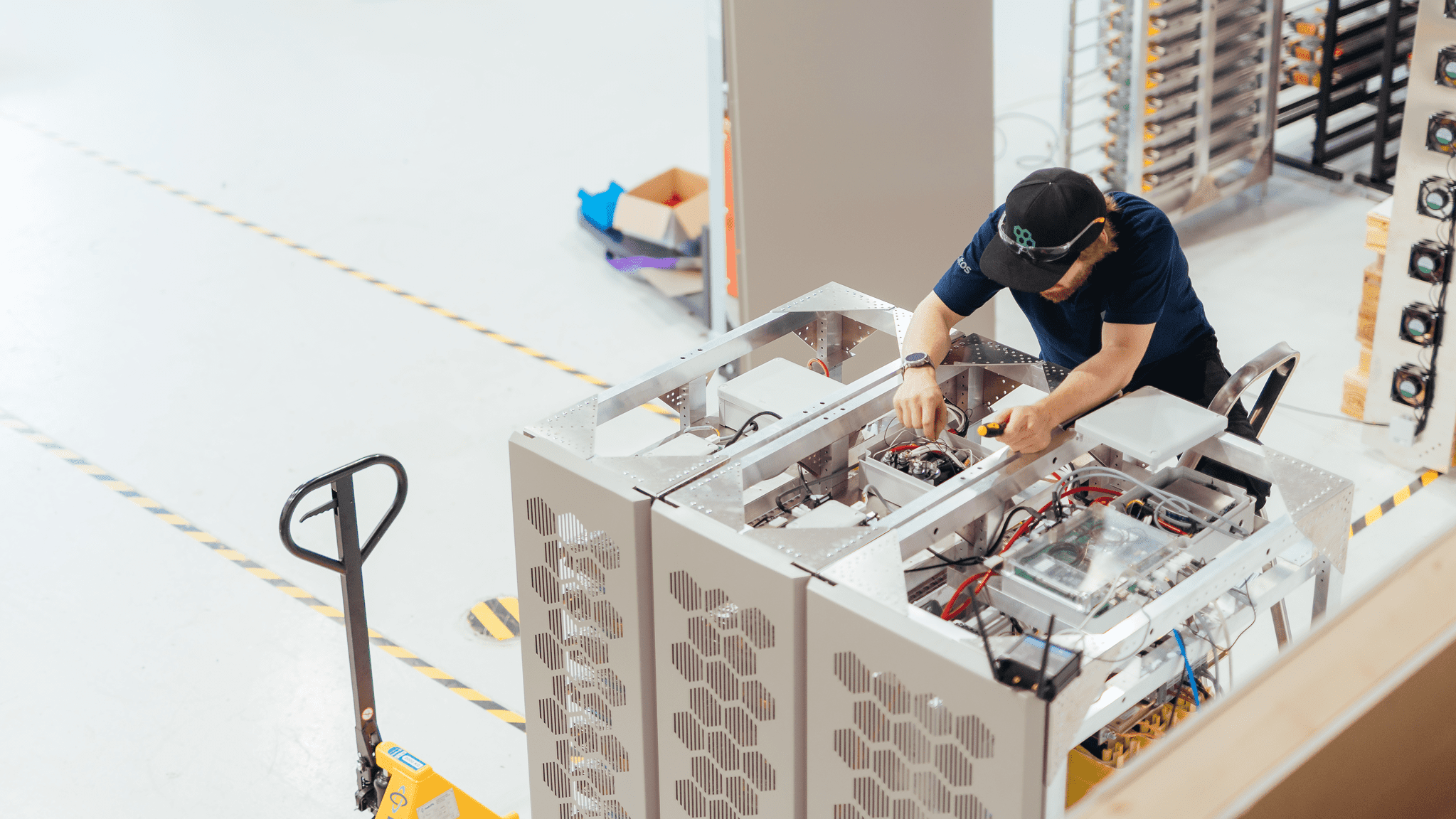
Going beyond the suppression of lithium plating, the study revealed the rate-dependent spatial dynamics of phase separation, plating, lithium exchange, and back-intercalation in graphite electrodes. The research highlighted the importance of understanding these physical processes during fast charging, providing valuable insights that could lead to the development of advanced and more efficient fast charging protocols.
Implications for the Future of EVs
The implications of this research for the EV industry are profound. By refining the microstructure of the graphite electrode, not only can lithium plating be prevented, but the battery’s energy density can also be boosted. This means that electric cars could potentially travel further on a single charge.
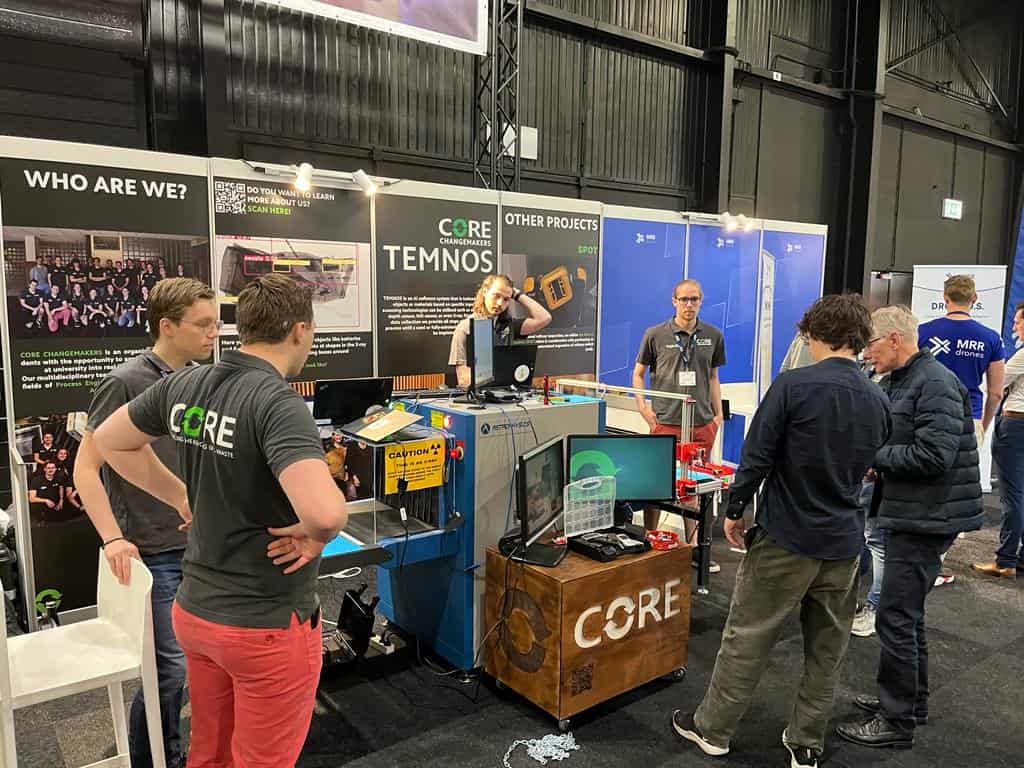
With this significant breakthrough, the future of electric vehicles looks brighter. As Dr Lu noted, “This is a significant breakthrough that could have a major impact on the future of electric vehicles”. Faster charging times, increased battery lifetime, and enhanced safety could make EVs more appealing to drivers, accelerating the full transition into electric mobility.



